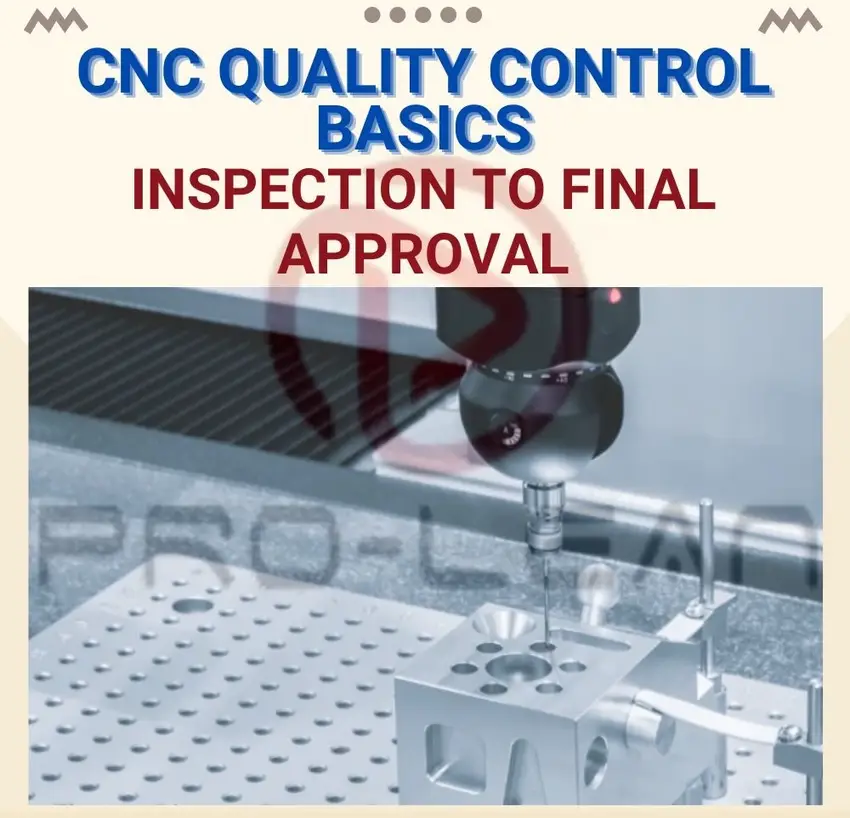
CNC machining plays an irreplaceable role in modern manufacturing, providing the much-needed efficiency and precision for the production of complex parts and components. However, optimum CNC machining is largely dependent on effective CNC quality control.
The aim of CNC quality control is to guarantee strict adherence to specifications for parts, ensuring that the customer always gets high-quality CNC-machined products. In line with this, manufacturers should follow certain standards and techniques.
A crucial starting point is ISO 9001 certification, which ensures that the CNC machining facility adheres to CNC quality control requirements. Further, the specific machines used – 3-axis, 4-axis, 5-axis, etc. – can determine the compliance capability of a machine shop.
As ProleanTech-your customs parts manufacturing partner– often reiterates, the prowess of the machinists is also a critical consideration to make. This overview outlines the importance of CNC quality control and the elements to make the process successful for the best CNC machining results.
What is CNC Quality Control?
CNC quality control entails using standards and systems that ensure consistency and precision of CNC machined parts. The fundamental goal of the quality control is to identify and address issues that can affect the quality of machined parts.
For engineers and manufacturers interested in the best tolerances and quality for parts, identifying and implementing these quality specifications is instrumental in sustaining the highest levels of CNC manufacturing efficiency.
The Main Parameters in CNC Quality Control
Impressive CNC quality control is founded on focusing on particular elements of part accuracy and machining repeatability. From surface finish to assembly of parts, these elements determine the compliance of CNC machining to standards and specifications.
Dimensional Accuracy and Tolerance
Dimensional accuracy and tolerance are critical in CNC machining because they affect the CNC machining production cycle time, and ultimately, the lead time. When handled correctly, these parameters can help minimize downtimes arising from assembly challenges.
In the user’s perspective, accurate dimensions and tolerances in CNC machining mean better-performing parts and components.
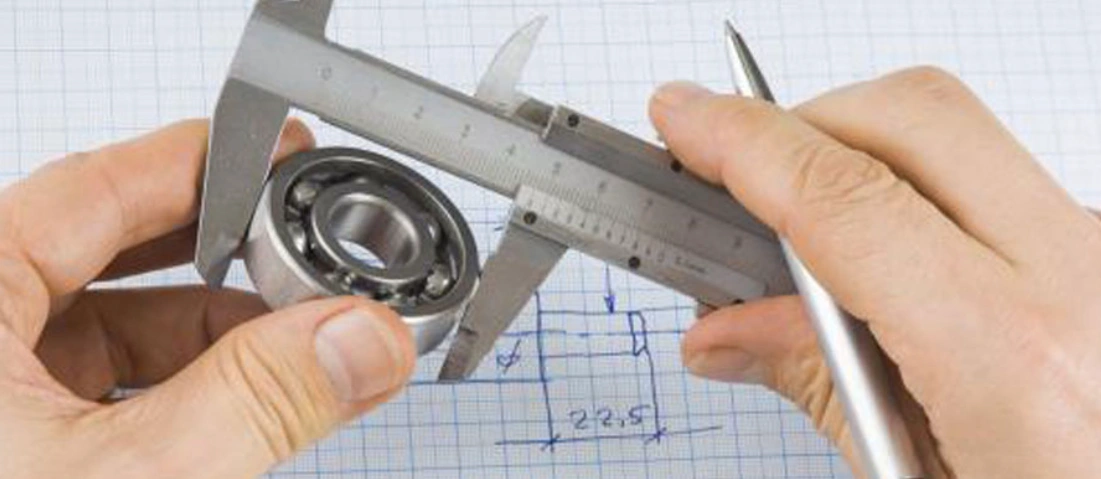
The CNC machining tolerance levels for parts can be as good as ±0.0002″ (0.005mm). That means that if a shaft has a diameter of 50mm, the acceptable diameters are 50.005mm and 49.995mm.
Material Hardness and Strength
Some of the most essential material properties in CNC machining are hardness and strength. They affect not only the manufacturing process but also the part’s suitability for the envisaged use.
There are various tools and processes of testing these parameters, including compressive and tensile tests. Basing the CNC machining settings on these elements is crucial for a smooth manufacturing process and quality parts.
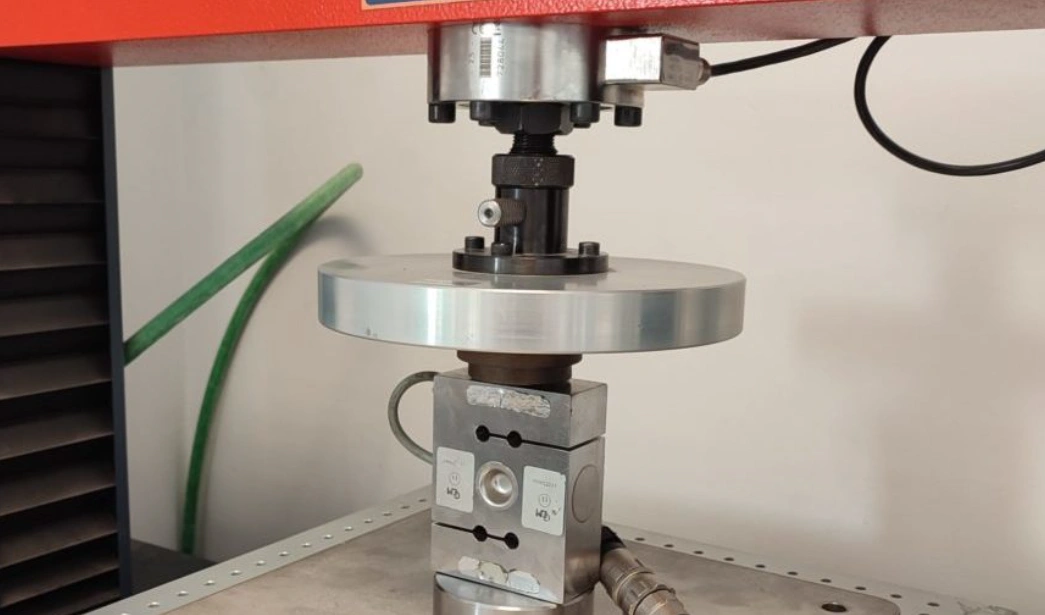
Surface Finish and Roughness
Surface finish and roughness contribute to the aesthetic, functional, and protective aspects of CNC machined parts. The surface roughness of machined parts can be measured through these methods:
- Direct
- Non-contact
- Comparison
- In-process
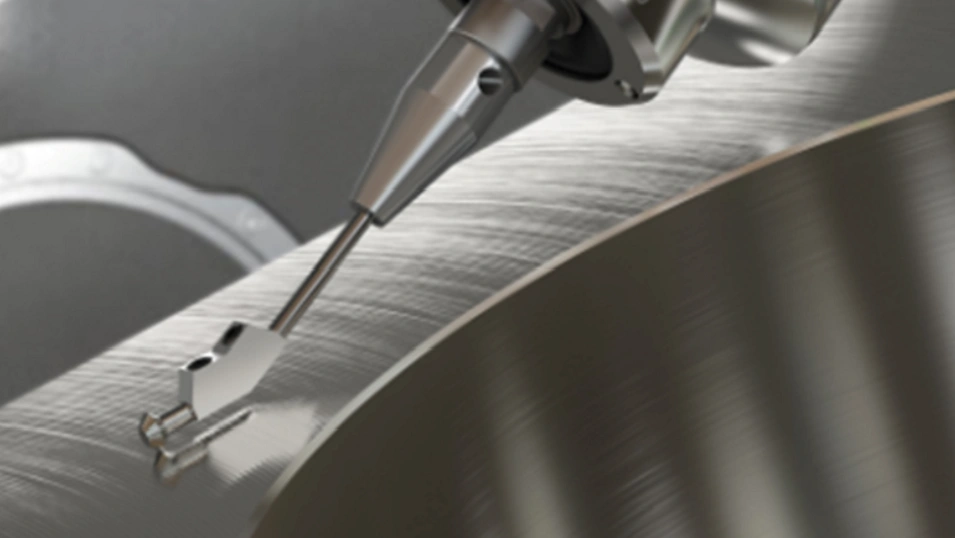
What Are The Quality Standards Of CNC?
Certifications and standards help cement the reliability and quality of CNC-machined parts. A company that complies to a standard like ISO 9001 not only demonstrates high-level performance but also generates customer trust in critical industries such as aerospace and medical.
Here are leading industry certifications and standards:
AS9100 For The Aerospace Industry
The AS9100 is specific to the aerospace industry, but works perfectly when blended with an existing Quality Management System. This standard guides CNC machining companies to comply with the strict requirements of the aerospace industry.
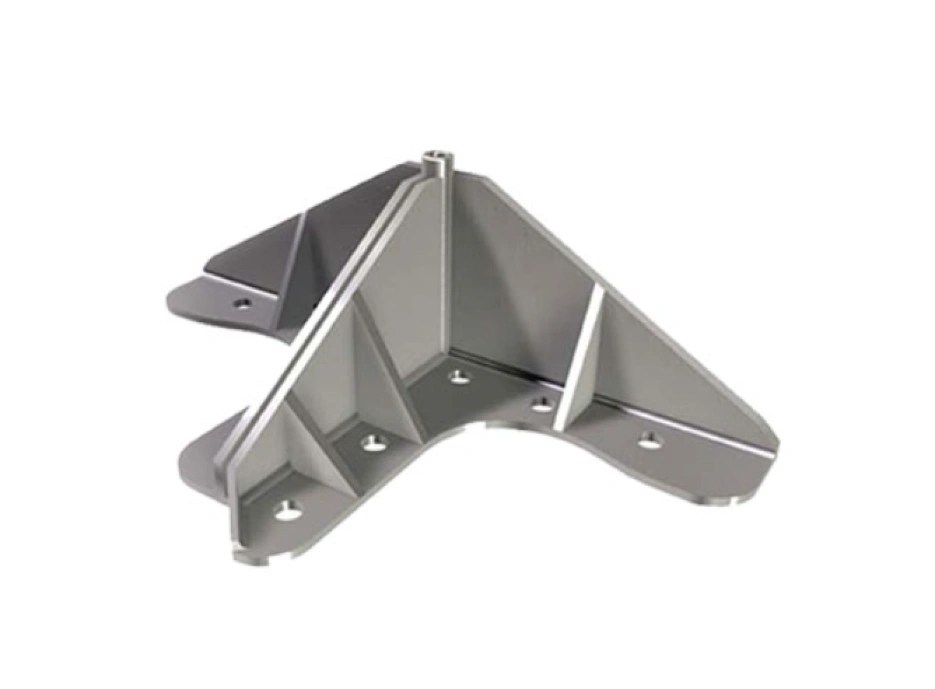
Aspects such as product traceability, supplier management, and risk management are insisted on. For superior safety in the industry, manufacturers must implement failure risk assessment, design validation, and related requirements.
ISO 9001 For Any Business And Sector
This is a quality management oriented standard applicable for any business or facility. Its function is to ensure businesses consistently produce services and products that satisfy customers and adhere to quality standards.
For CNC machining, the standard helps businesses maintain quality machined parts that meet specifications and customer expectations.
ISO 16949 In The Automotive Industry
This is a popular CNC machining standard for the automotive industry, specifically for Quality Management System (QMS) in manufacturing. Among its goals is to promote continual improvement and insist on defect minimization.
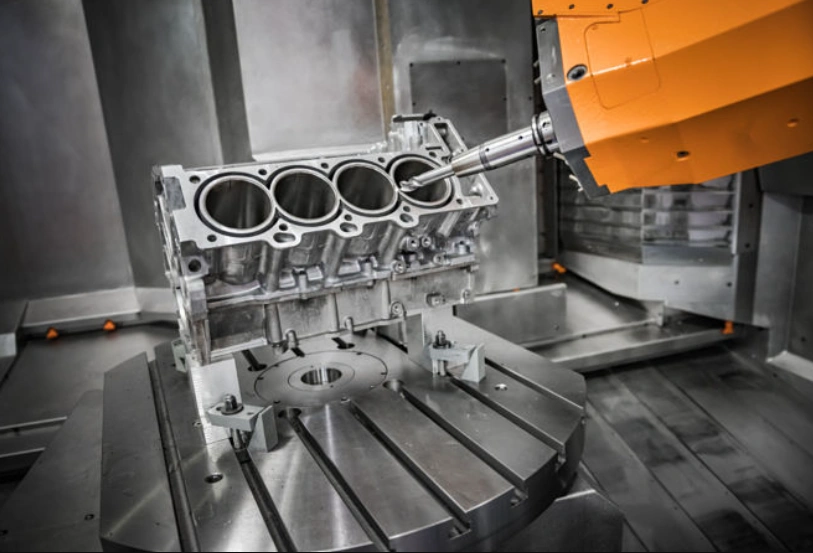
Its tools for the automotive industry include Statistical Process Control (SPC), Failure Mode and Effects Analysis (FMEA), and Production Part Approval Process (PPAP).
Steps To Perform CNC Quality Control
The whole purpose of CNC quality control is to identify machining defects promptly and maintain accuracy. To achieve this, the machine shop quality control procedures are methodical, comprising pre-machining checks, final checks, and a lot in between. Each step is instrumental in ensuring the CNC machining process adheres to set quality parameters and meets customer expectations.
The steps in detail are;
Raw Material Inspection
This is the first CNC machining quality control activity. It entails carefully checking the type and condition of raw materials before CNC machining starts.
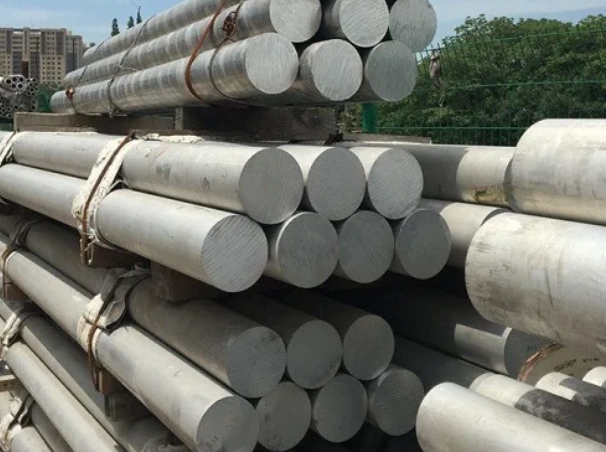
Initial Verification Tests
The tests in this category are First Article Inspection (FAI) and dimensional inspection. The FAI test is for the first machined part to ensure that it meets the required specifications.
Dimensional inspection entails the use of precision measuring instruments such as gauges and calipers for dimensional verification.
In-Process Monitoring
In-process monitoring refers to crucial tests done at various stages during the CNC machining process. It ensures the tolerances, dimensions, and surface parameters of the part continuously meet the specifications.
Structural And Surface Tests
Under this category of CNC quality control tests, we have hardness testing, Non-Destructive Testing (NDT), Surface Finish Inspection, and visual inspection. Collectively, these tests intend to confirm the part’s structural and surface integrity.
Assembly And Function Tests
Ensuring smooth assembly and flawless functionality of CNC machined parts is crucial before they can be passed onto the next stage. That’s why these tests are also critical in high-accuracy manufacturing.
Final Verifications And Treatments
Finally, the parts are passed through a validation process that covers inspection of machined parts and post-machining treatments. This stage of the CNC quality control is essential because it ensures all dimensional, tolerance, and surface finish requirements have been met.
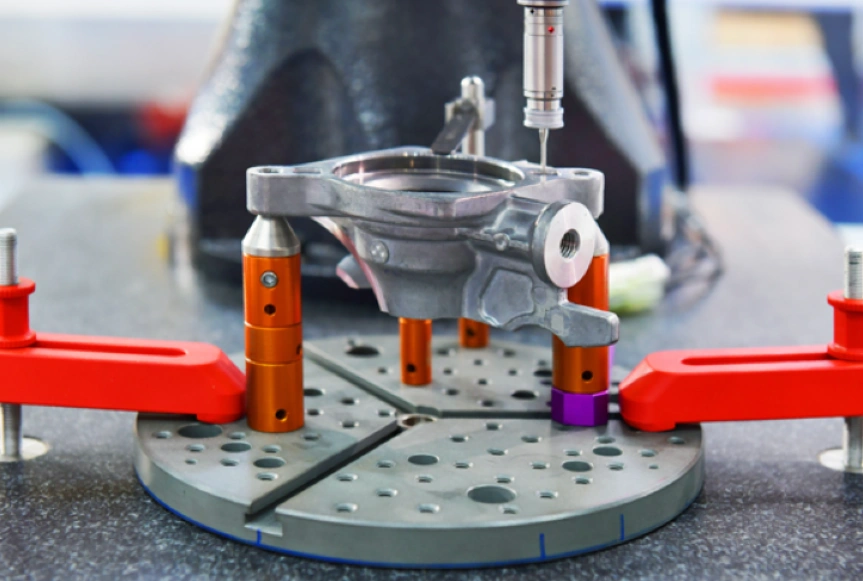
Post-Machining Quality Control
Finally, the product is subjected to post-machining quality control, which seeks to ensure proper packaging and security of the finished part. Alongside ensuring compliance, this step enhances customer satisfaction.
Read more: Tolerance Stacking
Main Equipment And Methods For CNC Quality Control
Attaining the required precision in CNC machining requires high-quality tools and equipment coupled with the latest measurement techniques. Surface finish measurements, expert visual inspection, and tolerance measurement tools are some of the must-haves for excellent CNC quality control.
Let’s cover some of these quality inspection equipment options and methods used in CNC quality control.
|
Inspection Type |
Examples Of Equipment Used |
|
Raw Material Inspection |
Calipers, spectrometers |
|
Initial Verification Tests |
Height gauges, digital calipers, Coordinate Measuring Machine (CMM) |
|
In-Process Monitoring |
Statistical process control (SPC) tool, dial indicators |
|
Structural And Surface Tests |
Hardness testers, ultrasonic measurement machine, surface roughness tester |
|
Assembly And Function Tests |
Alignment measurement tools, functional test rigs |
|
Final Verifications And Treatments |
Laser scanners, Coordinate Measuring Machine (CMM) |
|
Post-Machining Quality Control |
Packaging measurements, barcode readers |
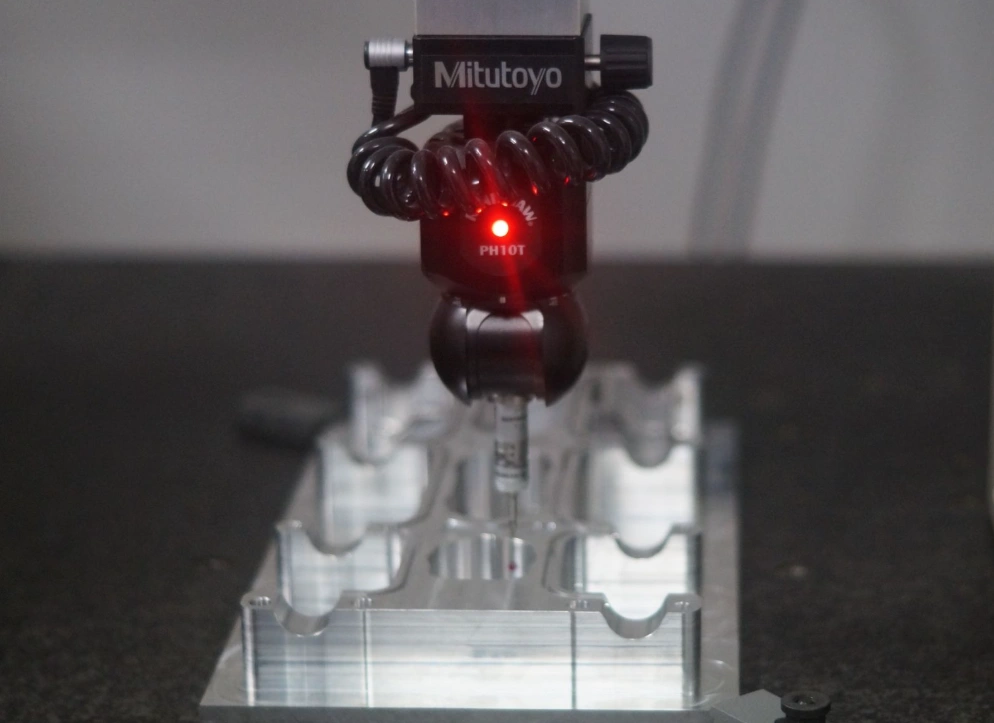
The Role of Machining Equipment in CNC Quality Control
As a key component of the CNC manufacturing process, the machining equipment has a significant impact in quality control. Getting it right with the equipment means a big portion of the control process will have been accomplished.
The equipment’s inbuilt precision capability, maintenance level, stability, and inbuilt monitoring systems have a bearing on the overall quality control contribution. Let’s see how in the brief discussion below.
Precision Capability Of The Machine
Modern advanced CNC machines are built for superior precision compared to conventional machines. Machining errors, if any, are minimal with advanced multiaxis CNC machines like those used by ProleanTech.
CNC Machinery Maintenance
A CNC machine comprises different systems and parts, which are subject to wear and tear. Proper maintenance is critical for sustained accuracy and compliance to quality requirements.
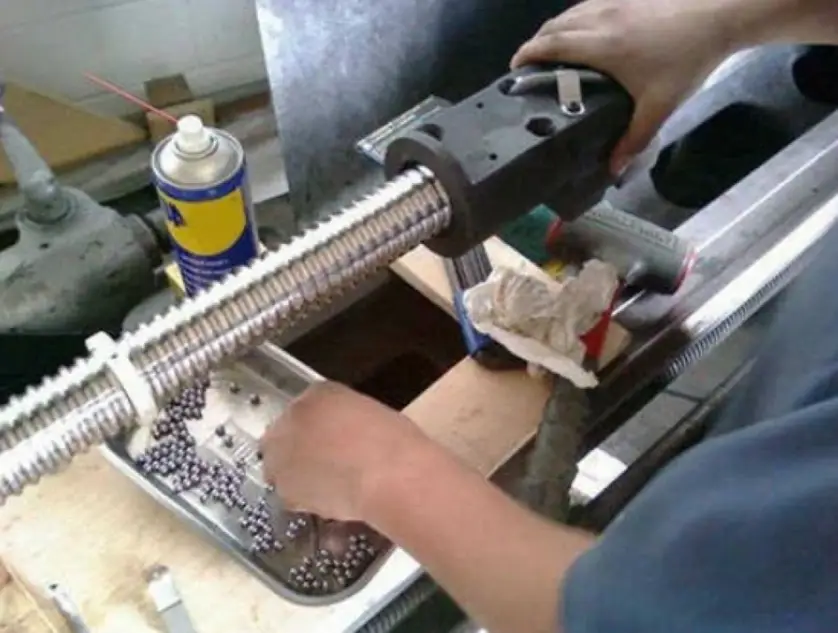
CNC Machine Stability
Unsolved vibrations of the CNC machine affect not only the tool life but the quality of machined parts. Damping methods and accessories combined with relevant machine maintenance can address instability and help improve quality of parts.
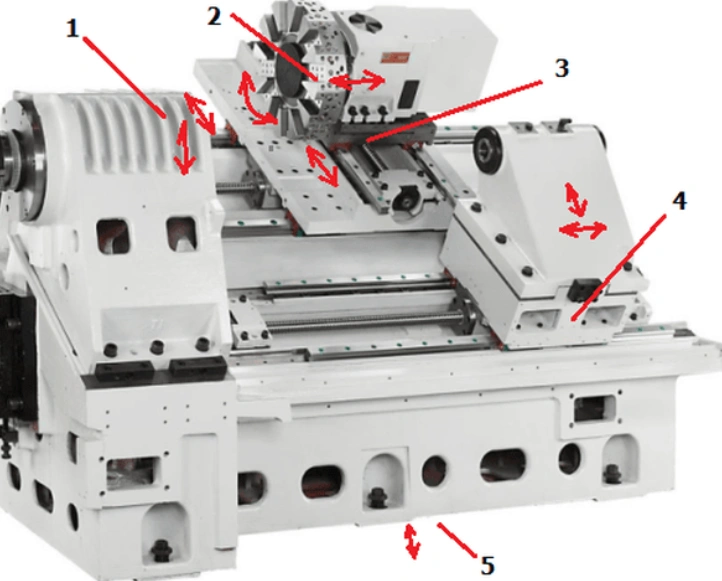
Inbuilt Monitoring Systems
Being complex as modern multiaxis CNC machines are calls for equally good identification of quality issues that may occur. CNC machine monitoring software solutions keep tabs on everything the machine does. If an issue arises, it is raised immediately for action.
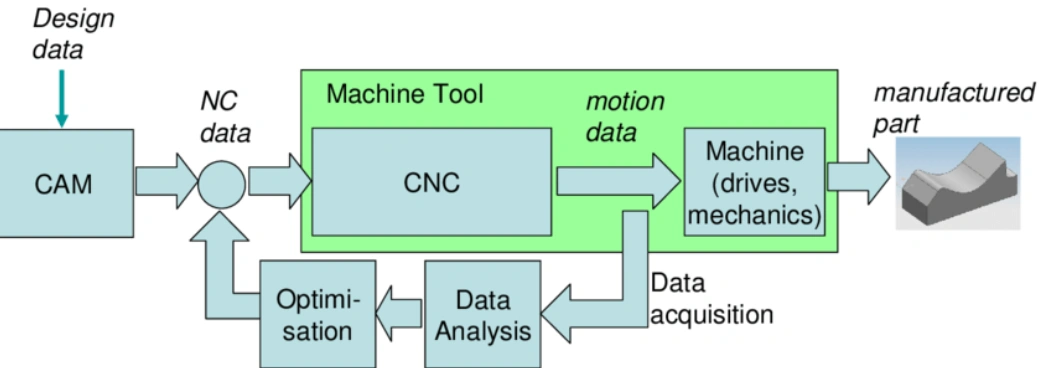
Reliable CNC Quality Control At ProleanTech
At ProleanTech, we integrate CNC quality control in every manufacturing stage. We blend modern inspection systems and tools with recognized inspection standards. Our continual success in different CNC machining segments is a true testament to our commitment to the best results.
Quality machines, systematic checks, and adherence to existing standards is evident in our EDM solutions, CNC turning service, CNC milling service, and Swiss turning service.
Our experienced engineers and designers are the bedrock of the quality checks and processes, always insisting on consistency and improvement where necessary. Our advanced quality inspection equipment provides the required technological leverage for the best quality machine services.
You can read all about CNC machining for more details.
Conclusion
Incorporating ProleanTech’s CNC machining services in your project plans ensures attainance of the highest level of part precision and accuracy in all manufacturing stages.
By partnering with a company that consistently produces quality and precise CNC-machined parts, businesses can maintain high standards, give value to their clients, and build trust.
Contact us now to stay competitive in your industry with reliably quality-checked parts.
FAQs
What are the 4 types of quality control?
The 4 types of quality control are Statistical Process Control (SPC), Incoming Quality Control (IQC), run charts, and End-of-Line Testing.
What is CNC quality?
CNC quality is the capability of machined parts to accurately and consistently meet a specific level of tolerance and design standards.
What are the 5 steps of quality control?
The 5 steps of quality control for CNC are describing the quality standards, checking the raw materials, tracking manufacturing, verifying the machined parts, and recording the results.
How Prolean Elevates Quality Control in CNC Manufacturing
Prolean’s commitment to quality control in CNC manufacturing is unparalleled. We invest in top-of-the-line CNC machines and inspection tools, ensuring precision and accuracy in every part produced. We have an equipment approach that includes investment in high-quality CNC machines and tools, regular maintenance and upgrades, and ensuring precise and accurate production.
At Prolean, quality control is a collective responsibility. They ensure that every team member has thorough training and is well-versed in the quality control processes. Our training strategy includes providing comprehensive training to all staff and regularly updating training to incorporate the latest techniques and technologies.
Conclusion
Quality Control is more than a procedure or a set of guidelines. In the landscape of CNC manufacturing, it is the foundation upon which product integrity, customer satisfaction, and business reputation are built. As our exploration into Quality Control in CNC manufacturing shows, the adoption of sound QC principles, the employment of effective QC methods, and the resolution of QC challenges are crucial for achieving and maintaining high-quality output.
Technological innovation, particularly in the form of CAD/CAM and inspection software, has propelled the QC domain into new heights of precision and efficiency. However, the human element remains a cornerstone of QC, with the onus of maintaining standards falling on the trained and vigilant operator.
FAQs
Why is Quality Control important in CNC manufacturing?
Quality Control in CNC manufacturing is vital to ensure the products are manufactured accurately, efficiently, and to the specified quality standards. It helps in reducing waste, saving costs, and maintaining a high level of customer satisfaction.
What are some common Quality Control methods used in CNC manufacturing?
Common Quality Control methods in CNC manufacturing include Statistical Process Control (SPC), First Article Inspection (FAI), and inspections using Coordinate Measuring Machines (CMM).
How can software enhance Quality Control in CNC manufacturing?
Software, like CAD/CAM and Inspection software, enhances Quality Control by increasing accuracy, reducing human errors, and allowing for a more efficient manufacturing process.
What are some common challenges in CNC manufacturing quality control?
Common challenges include machine calibration issues, tool wear and breakage, and inadequate operator training.
What is the role of operator training in CNC quality control?
Operator training plays a crucial role in CNC quality control. A well-trained operator can correctly use the CNC machines, identify and rectify potential issues early, and ensure the product meets quality standards.


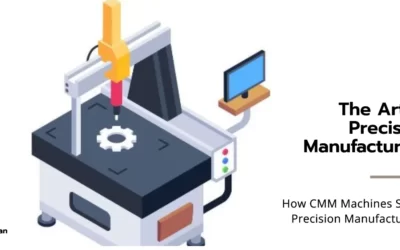
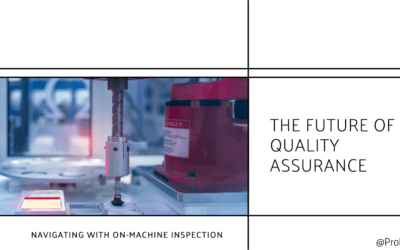
0 Comments